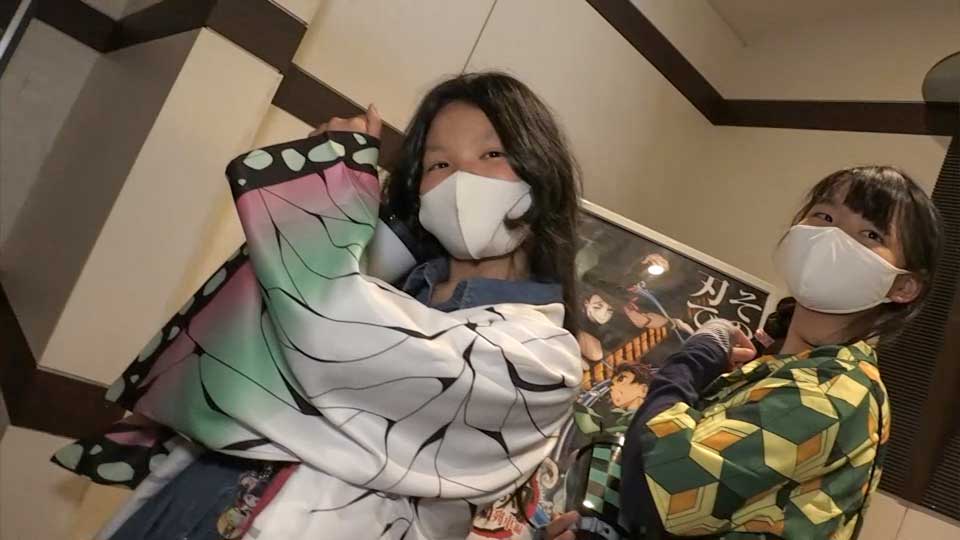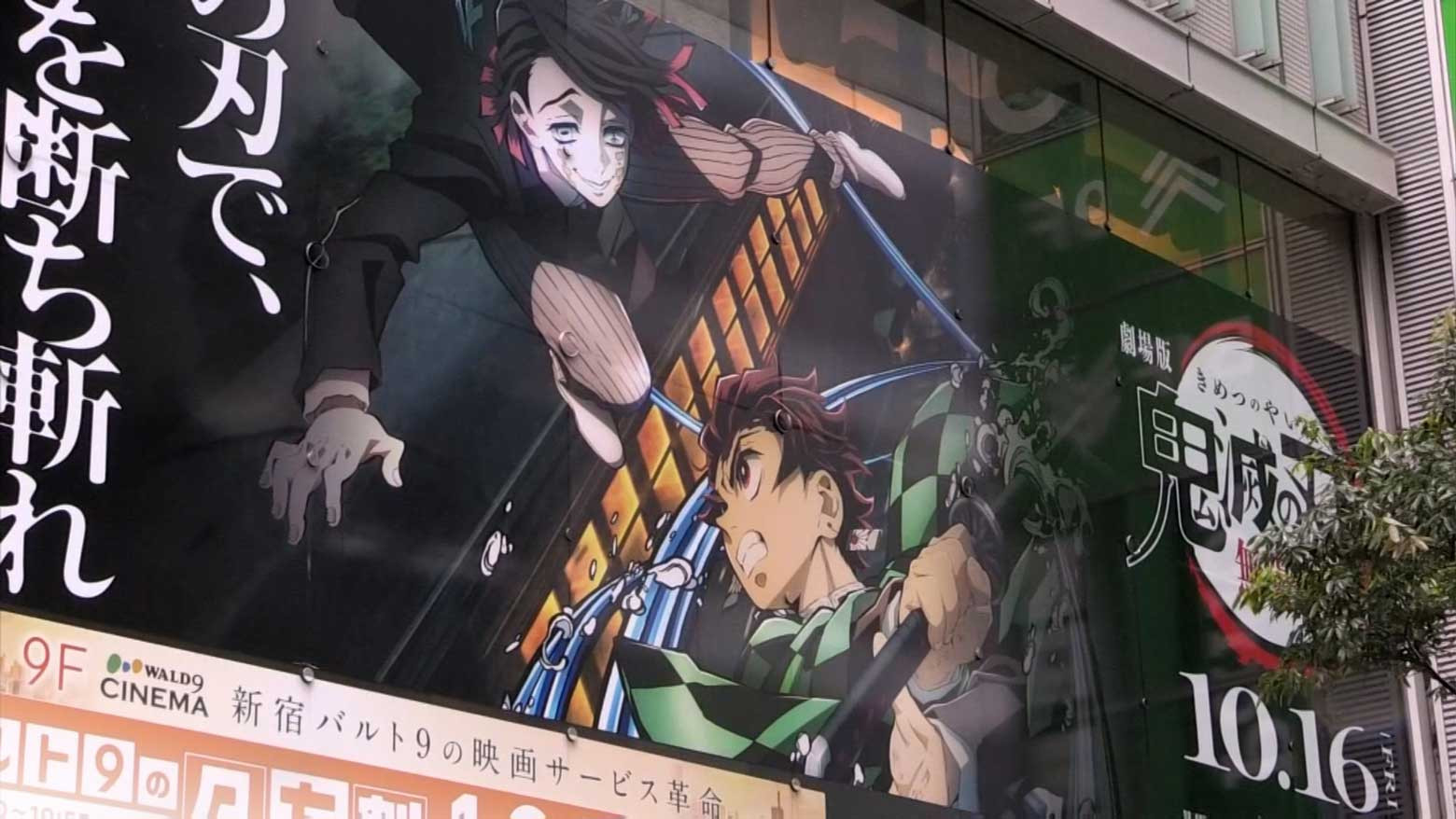Secret to success?
The Demon Slayer franchise began in 2016 with a popular manga series published in the Weekly Shonen Jump magazine. Set in early 20th century Japan, the story follows a young boy who fights demons that killed his family and turned his beloved sister into a demon herself.
The manga has been a runaway hit, selling over 100 million copies. The 23rd volume, which concluded the series, was released on December 4th, 2020, and sold nearly 3 million copies in one week.
So what's the secret to the phenomenon? The series doesn't exactly reinvent the wheel. The main themes are family love, friendship and overcoming the odds — all staples of the Shonen manga genre.
But Demon Slayer departs from traditional tropes in some significant ways. Its supporting characters have more depth than usual: the protagonist isn't the only one with a complex backstory and unique, distinguishable personality. Fans say everyone can find a character to empathize with and support.
The series has also drawn praise for its portrayal of female characters. They fight alongside the protagonist, rather than serve as props to be protected. This has helped Demon Slayer attract more girls and women than other popular series.
And the story is not a simple battle of good versus evil. The demons are antagonists, but they aren't cartoonishly evil, constructed simply to fulfill the role of villain in the narrative structure. Demon Slayer spends time on their histories, and portrays how they were once humans who succumbed to their most base emotions. The implication is that we all have emotions inside us that can make us demonic.
An animated TV series has also been a significant factor in the franchise's success. When the first season started in April of 2019, sales of the manga stood at 3.5 million copies. By the time the final episode aired in September, this figure had shot up to 12 million. The series was warmly received by critics, who praised its artwork and storyline adaptation.

Pandemic hit
But nobody was expecting Demon Slayer to break out in quite the manner it did in 2020. It started in April, when the Japanese government announced a state of emergency. Suddenly many people were stuck at home with nothing to do and they turned to streaming platforms. Demon Slayer became one of the binge-watch sensations of the pandemic.
By the time the state of emergency was fully lifted in late May, there was a legion of new Demon Slayer fans. The film adaption, scheduled to hit theaters in October, became one of the most hotly anticipated releases. And by a stroke of good timing, it opened just as the government lifted restrictions on audience sizes at movie theaters.
The film was an immediate sensation, selling out theaters across the country. Its success was helped by the fact that it faced little competition at the box office: the Hollywood studios had delayed most of their blockbuster releases due to the pandemic.
Demon Slayer was the lone bright spot in a dismal 2020 for the Japanese entertainment industry. The movie accounted for about a quarter of total box office revenue.
It has proved to be an international hit as well, smashing box office records in Taiwan and topping the advance ticket sales chart in South Korea, where audiences are turning up in costume.
Taiwanese high-school student Tu Ming-Ho is a passionate fan and a cosplayer. She posts pictures of herself dressed as characters from the movie on her Instagram account.
"I really liked the story about the bond between teammates," she says. "And I was deeply touched every time I saw the bond between the siblings. After the demons were killed, we learned about their past. The villains are not just repulsive, they're characters we can emphasize with in some way."

Impact on business
Back in Japan, companies are scrambling to ride the Demon Slayer wave. One convenience store in Tokyo devoted a shelf to Demon Slayer products, including cup noodles, snacks, and rice balls.
The series has also provided a welcome boost to the travel industry, which has been crippled by restrictions on international travel. Within Japan, fans are flocking to locations depicted in the series.
Even railway companies are cashing in on the craze. JR Kyushu has brought back a locomotive from the period in which Demon Slayer is set, a nod to a scene in the movie in which the heroes fight a demon on a train.

In Fukuoka Prefecture, the Kamado Shinto shrine has become an unexpected tourist hotspot simply because it shares its name with the hero of the series, Kamado Tanjiro. The fact that legend says Kamado Shrine has the power to drive off demons has only strengthened the allure.
When worshippers visit Shinto shrines, they often write wishes on small wooden plaques called "ema" and leave them there. The number of ema hanging at Kamado Shrine has doubled since last year, and the shrine has even started offering "Demon Slayer"-themed plaques.
2020 had many people wishing for an escape from reality, and Demon Slayer seemed to provide them with just that, and what might have been merely a hit movie has become a record-breaking cultural phenomenon.


